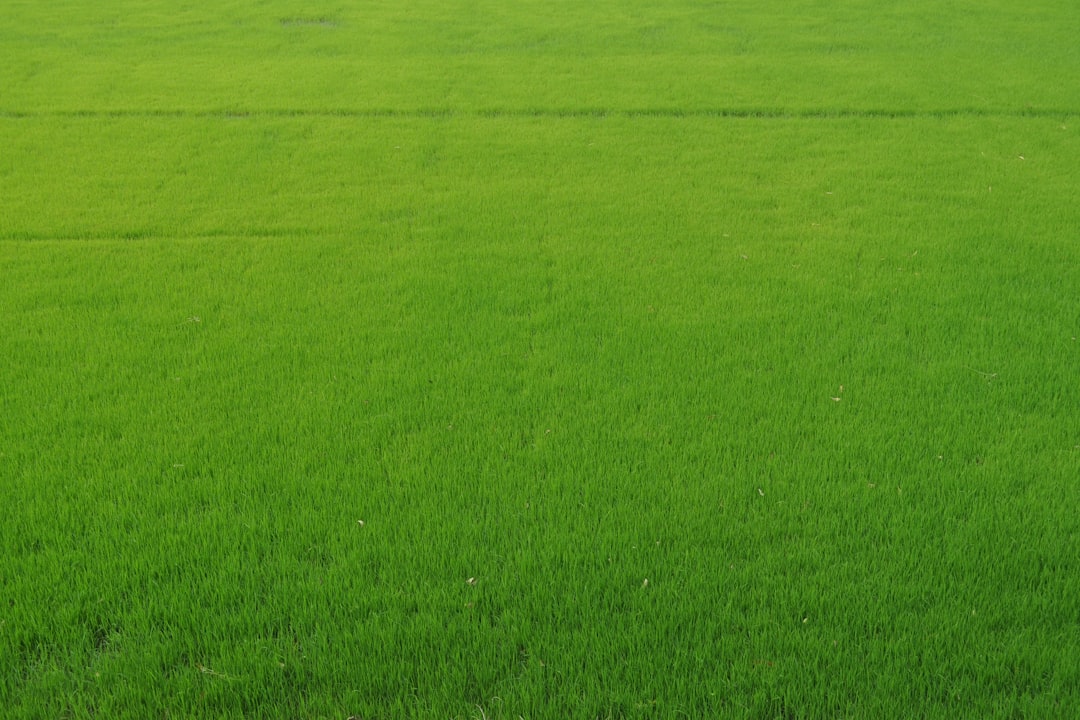Transform Your Small Space with a Colorful Drought - Resistant Garden

In today's world, where water conservation is becoming increasingly important and space is often limited, a small - space, drought - resistant garden plan is a brilliant solution. This type of garden not only adds a burst of color to your surroundings but also requires minimal watering, making it both environmentally friendly and low - maintenance.
Let's first understand the concept of a drought - resistant garden. These gardens are designed with plants that have adapted to survive with less water. They typically have features such as thick leaves, deep root systems, or the ability to store water. When planning a small - space drought - resistant garden, the key is to choose the right combination of plants that can thrive in your local climate and soil conditions.
One of the first steps in creating this garden is to assess your space. Measure the area where you plan to set up the garden. Consider factors like sunlight exposure. Most drought - resistant plants love full sun, but there are also some that can tolerate partial shade. If your small space gets a lot of direct sunlight for most of the day, you're in luck as many colorful drought - resistant plants thrive in such conditions.
Now, let's talk about plant selection. Succulents are a popular choice for drought - resistant gardens. They come in a wide variety of shapes, sizes, and colors. For example, Echeveria has rosette - shaped leaves in shades of green, pink, and purple. These plants are not only beautiful but also very easy to care for. They can be planted in small pots or grouped together in a larger container to create an eye - catching display.
Another great option is the Agave plant. Agaves have thick, fleshy leaves that store water, allowing them to survive long periods of drought. They come in different sizes, from small varieties that are perfect for a windowsill garden to larger ones that can be a focal point in a small outdoor space. The blue - gray color of many Agave species adds a unique and elegant touch to the garden.
Lavender is also a wonderful addition to a small - space drought - resistant garden. It has fragrant purple flowers that attract bees and butterflies. Lavender prefers well - drained soil and full sun. It can be planted in borders or in small clusters to add a splash of color and a lovely aroma to your garden. The long, slender stems of lavender sway gently in the breeze, creating a very peaceful and inviting atmosphere.
When it comes to soil, it's important to use a well - drained mix. Drought - resistant plants do not like to sit in waterlogged soil. You can add sand or gravel to your regular potting soil to improve drainage. This will ensure that the roots of your plants do not rot and that they can access the oxygen they need to grow.
Watering is a crucial aspect of maintaining a drought - resistant garden. While these plants can survive with less water, they still need some moisture, especially during the establishment phase. When you first plant your garden, water it deeply but infrequently. This encourages the roots to grow deeper into the soil in search of water. Once the plants are established, you can reduce the frequency of watering even further. You can also use a soaker hose or drip irrigation system to deliver water directly to the roots, minimizing waste.
To add more color and variety to your small - space drought - resistant garden, you can also incorporate some annuals. Zinnias, for example, are colorful annual flowers that can tolerate dry conditions. They come in a wide range of colors, from bright reds and oranges to soft pinks and yellows. Planting a few zinnias among your succulents and other drought - resistant plants can create a beautiful and dynamic display.
Finally, don't forget about the importance of mulch. Mulch helps to retain moisture in the soil, suppress weeds, and regulate soil temperature. You can use organic mulches like wood chips or straw. Apply a layer of mulch around your plants, being careful not to cover the stems directly. This will not only help your plants thrive but also give your garden a neat and finished look.
In conclusion, a small - space, drought - resistant garden plan is a fantastic way to add color and beauty to your surroundings while being mindful of water usage. By carefully selecting the right plants, preparing the soil, and following proper watering and maintenance techniques, you can create a garden that will be the envy of your neighbors.